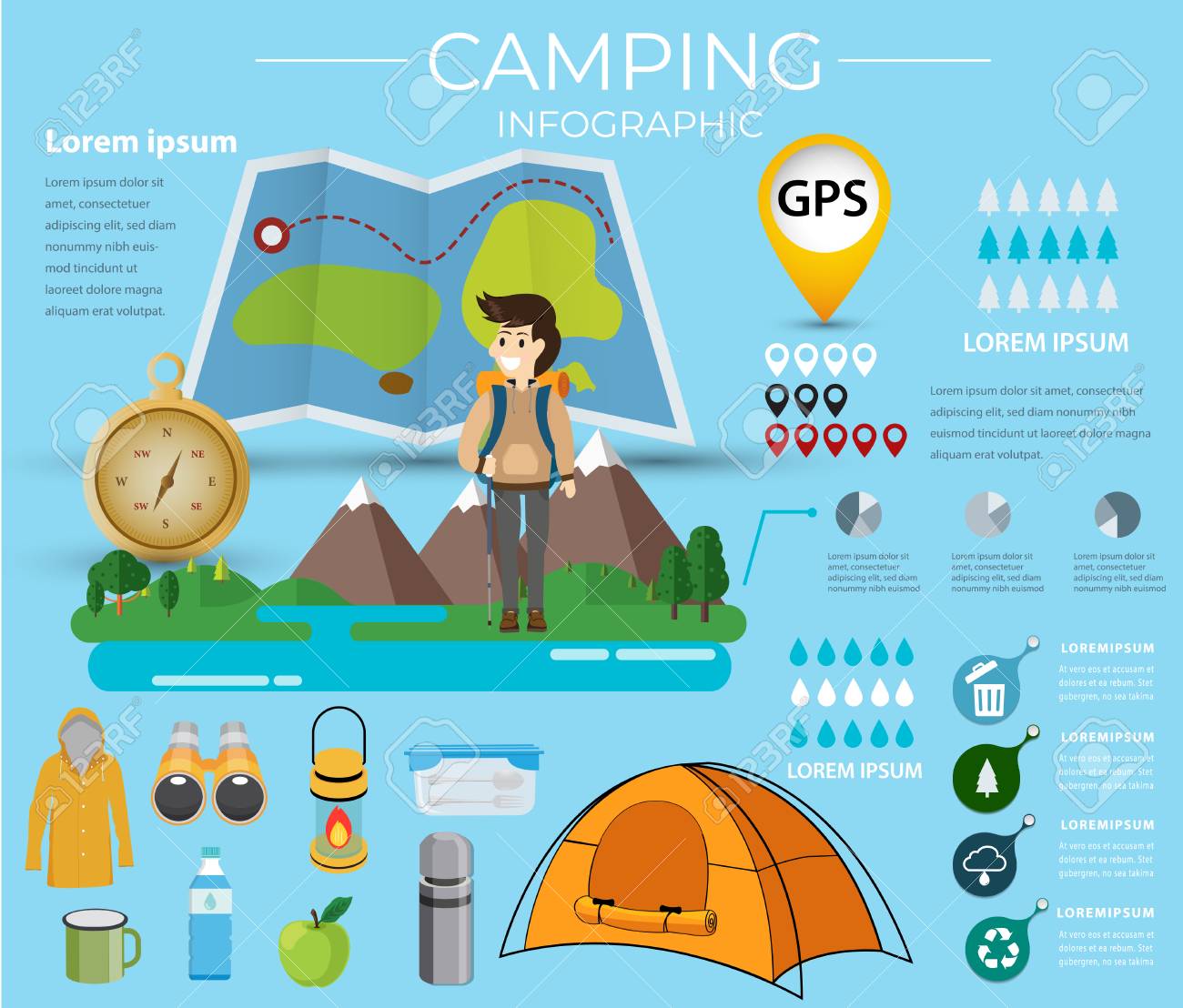Setting up your tent can be a challenging task for even experienced campers. This overview will certainly cover the fundamentals of pitching a camping tent correctly and safely so you can enjoy your outdoor camping journey without anxiety or worry.
When was the first tent invented?
Begin by outlining your tent's impact and ground sheet to protect your camping tent flooring from rocks, sticks, dirt, and other particles. Next, set up the tent poles and attach them to the corners of the camping tent body making use of the suitable sleeve or hook.
Picking the Right Site
When you are tired after a lengthy day hiking, you wish to pitch your outdoor tents and get ready to rest. Yet you ought to initially stroll around the site to make certain it is safe for camping. Overlook and approximately discover whether any type of trees have huge dead branches that could fall on your camping tent. These are occasionally called widowmakers and you don't want them to go down on you while you're resting.
Also make sure to stay clear of low spots that might flooding during a storm and to camp away from pet routes, nests and habitats where ticks and chiggers are probably to prosper. Search for a flat, rock-free area that allows sufficient for your outdoor tents and any other gear you'll be bringing.
Some people like to set their outdoors tents up so the head end is pointed towards the eastern to capture the sun's warming rays first thing in the morning. This isn't always needed, yet it is a wonderful touch that can help wake you up.
Pitching Tips
It may seem evident, yet correct tent pitching is among one of the most crucial consider a good night's rest. Having a practice run at home will help you familiarize yourself with your camping tent, discover all the post sleeves and bolts, and ensure every little thing remains in place. It's also a good time to practice utilizing guylines for security and to find any type of busted items.
When you get to your outdoor camping website, check out the surface to see if it appropriates for your tent. A good rule of thumb is to pitch the tent on a flat, level spot with a slight downhill angle. This will allow rain to drain away from the tent rather than merging in front of it.
If you can't find a level location, take into consideration positioning a tarpaulin or various other groundsheet under your outdoor tents impact to secure it from wetness. This can likewise assist keep dirt out of the tent.
Using Guylines Effectively
Using guy lines effectively is essential to making sure your outdoor tents or hammock remains safe in high winds and various other poor weather. A man line is a rope or cable that connects to the ground through loops and D-rings in the framework, tarpaulin, or rainfly.
Begin by protecting one end of the line to a guyout loop on tent home your tent or rainfall fly, or to the post it's connected to. Then loophole the various other end of the line over a risk placed well away from the framework and tighten it.
Maintaining your shelter's guy lines tight will certainly stop drooping or sagging throughout gusty conditions, preventing dampness from permeating into the tent or damages to the framework and improving comfort and safety and security throughout camping. Constantly examine the tension of your guy lines throughout and after negative weather to ensure they continue to be safe. Additionally, consider loading a man line tensioner to easily readjust and preserve the proper quantity of tension in your lines.
Removing the Camping tent
When working out right into your camping area, locate an area with a flat location and clear it of rocks and debris. Additionally, make sure to lay down an outdoor tents footprint or tarpaulin somewhat smaller than your outdoor tents body to avoid water merging. This assists keep your outdoor tents dry from rainfall or condensation and can be particularly helpful in gusty areas.
Analyze your gear, consisting of the tent things sacks to ensure nothing is missing out on. Inspect that the poles suit their clips and restock first-aid products if needed.
When it's time to pitch your camping tent, begin by orienting the doors downwind, and stake down each edge of the tent. If the ground hangs or sandy, consider spreading out a tarpaulin under your camping tent to shield it from wind and minimize the likelihood of your camping tent toppling. Likewise, make certain to utilize guylines properly to tie down your rainfly and maintain it taut. A well-pitched camping tent can protect against leaking, condensation, and sunlight damage.
How often should you waterproof a canvas tent?
